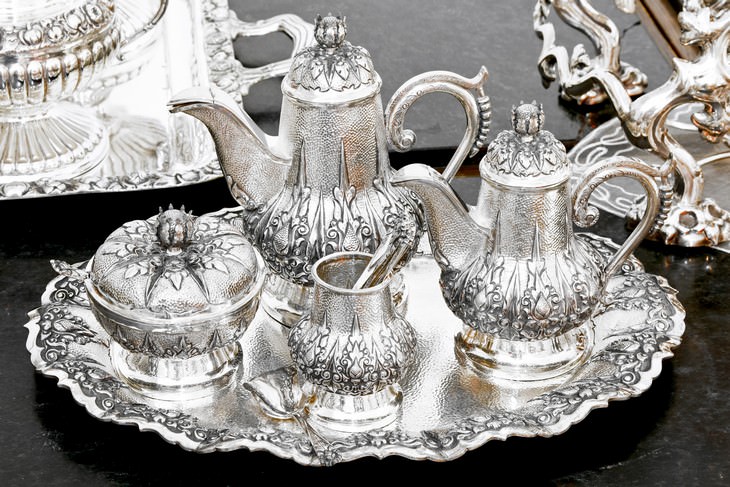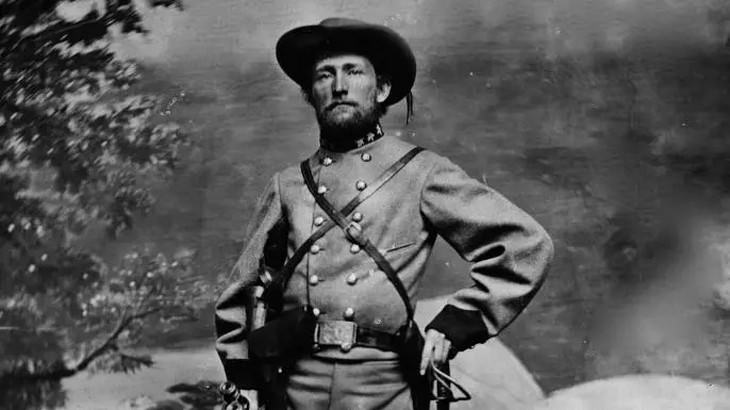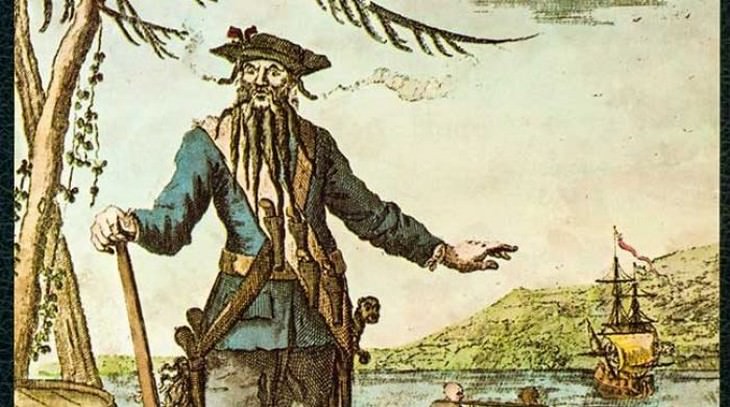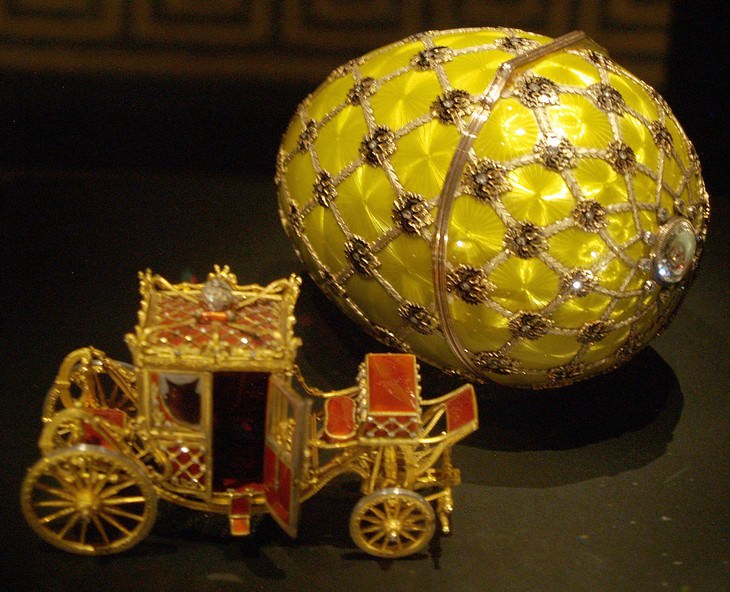

Wealthy Casino heir Ted Binion died under mysterious circumstances in 1998, and his legacy lives in the form of a silver collection buried under his property in Pahrump. A year prior Binion lost his gaming license and was banned from the family business due to his drug addiction. When Ted’s ties with his family were severed, he knew he had either sell or relocate his silver collection, which had been stored in the basement of the Casino. With the help of a confidant named Rick Tabish, he removed the floor of the ceiling vault and buried it under a property he owned in Pahrump, Nevada.
The concrete bunker contained six tons of silver bullion, Horseshoe Casino chips, paper currency, and more than 100,000 rare coins - estimated to be worth between $7 and $14 million. At first, the police suspected Binion was murdered by his girlfriend and associate Rick Tabish. The two were later acquitted of murder and charged with silver theft. While the underground bunker was found, large portions of Binion’s fortune are still missing, and are believed to be hidden or buried under the Pahrump property.

In the woods of Fairfax County, Virginia a valuable treasure is said to be hidden. Worth about $350,000 at the time it was buried, it would be valued at more than $6 million today. In early March 1863 Confederate ranger John Singleton Mosby and his band of guerilla raiders managed to surprise and overcome more than 40 Union troops at Fairfax Courthouse without firing a single shot.
Mosby reportedly left the scene with a burlap sack containing gold, silver, and jewelry from the lodgings of Union General Edwin Stoughton (which were previously taken from the homes of wealthy plantation owners). On the way back to the Confederate line Mosby was warned that Union soldiers loomed nearby. To keep the treasure safe in case they lost the battle, Mosby his men buried the sack between two large pine trees which they marked with a knife. Mosby’s raiders avoided the clash, but when he sent back seven of his men to retrieve the buried sack they were caught and executed. Mosby himself never came back for the riches nor told anyone else of their exact location.


Soon after the 1918 Revolution, the contents of the Romanov family palaces were confiscated by the Bolsheviks. Among the gold, silver, and valuables taken were about 50 Faberge eggs - jeweled eggs made especially for Russian Tsars Alexander III and Nicholas II as Easter gifts for their wives and mothers. Everything was packed in crates and set to safekeeping in the Kremlin Armory in Moscow. There they stayed and were pretty much forgotten until 1927. The new Bolshevik government of Joseph Stalin decided to sell the riches in order to finance their economic plans.
The man who managed to get hold of most of the Faberge eggs was an American entrepreneur named Armand Hammer. After arriving in the United States the eggs changed hands several times. Some of these imperial eggs originally sold at auction for as little as four or five hundred dollars, it took several decades for the eggs to gain recognition as magnificent works of art. Today eight out of the 50 eggs originally made are still unaccounted for.
Related: The Dark and Fascinating History of the Romanov Family

Legend has it that the small town of Machiasport in eastern Maine is the home of an underground vault filled with millions of dollars in loot and valuables belonging to the notorious pirate Samuel Bellamy. Bellamy, which some say was the inspiration for Jack Sparrow’s character in Pirates of the Caribbean, stumbled upon a perfect hiding spot at the mouth of the Machias River. The place was so secluded at the time, Bellamy couldn’t imagine anyone ever finding it. The pirate and his army built the underground vault and a log fortress in case they needed to defend their loot.
Before they could truly enjoy their riches, Bellamy’s group set sail again. Most of the crew was captured and killed by a French gunship. Although Bellamy made it back to the shores of Massachusetts, he was hanged by the townspeople for the crimes he had committed. Most historians believe his treasure exists somewhere between Renshaw Point and Old Rim Bridge in Machiasport. For now, it is yet to be found.
In 2010, the arts and antique collector Forest Fenn initiated one of the world’s most extravagant treasure hunts. Fenn allegedly hid what experts estimate as $5 million worth of gold, jewelry, and artifacts in a small bronze chest somewhere in the Rocky Mountains. In a cryptic poem dubbed "The Thrill of the Chase", Fenn dropped clues about the whereabouts of the valuable chest. Thousands were inspired to put their luck to the test and go searching. Some even quit their jobs to dedicate all of their time for the hunt and sadly a few people even lost their lives during the process.
In quite an incredible turn of events, Fenn posted on his website that the treasure chest was finally found about a week ago! According to news reports, the man does not wish to be named. He confirmed his discovery by sending Fenn a photograph of his newfound riches. "I congratulate the thousands of people who participated in the search and hope they will continue to be drawn by the promise of other discoveries," Fenn said on his website.